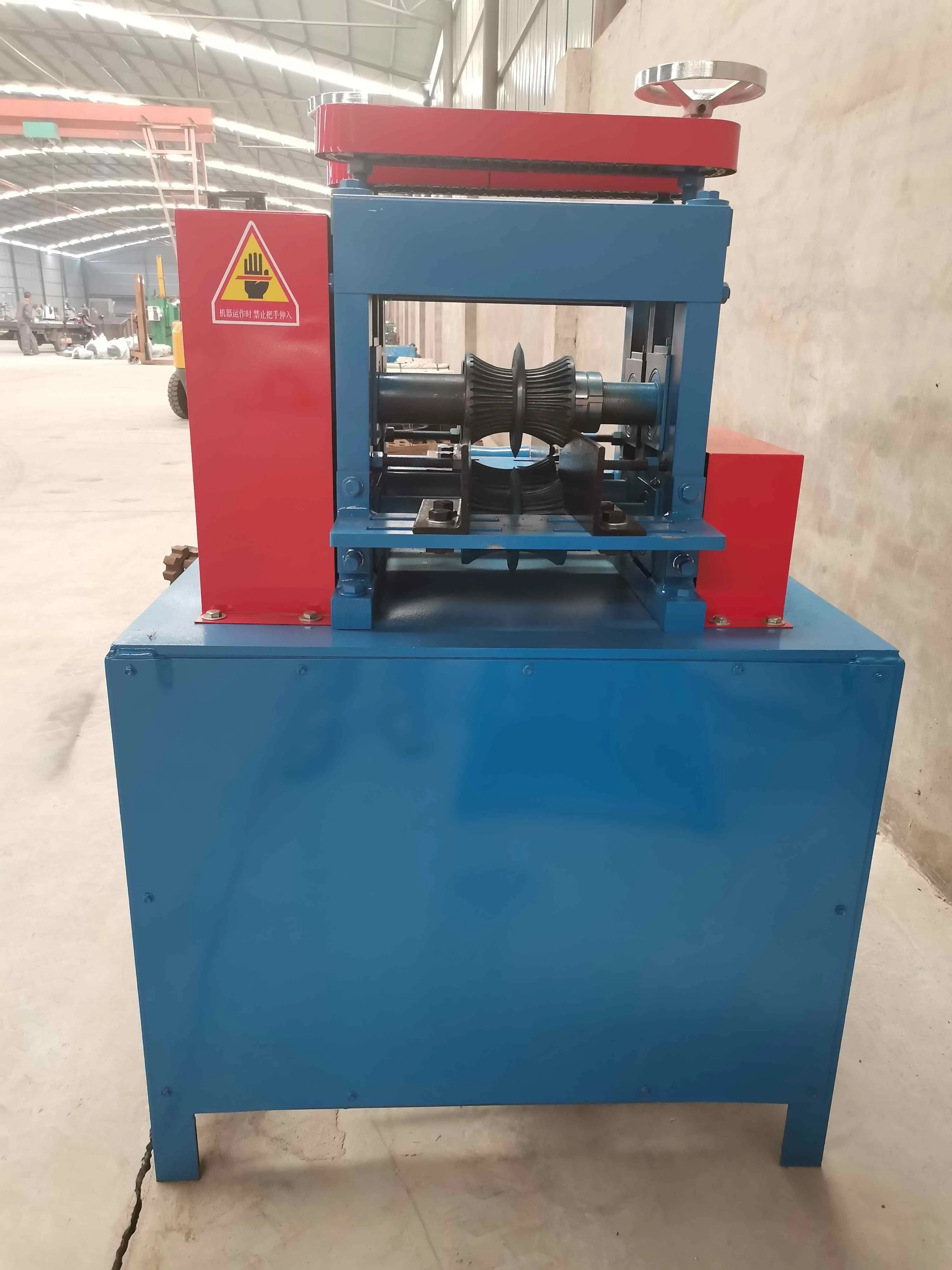

Aug . 14, 2024 12:12 Back to list
The Role of Hammer Crushers in Cement Plants
Cement production is a vital process in the construction industry, serving as the backbone for infrastructure development. Among the various equipment used in this process, hammer crushers play a significant role in ensuring the efficient crushing of raw materials. This article explores the function, benefits, and operational principles of hammer crushers within cement plants.
Process Overview
In the cement manufacturing process, raw materials such as limestone, clay, and gypsum need to be crushed before they can be mixed and processed into clinker. Hammer crushers, widely recognized for their high reduction ratios, are commonly utilized to handle these materials. The primary function of a hammer crusher is to break down large and bulky raw materials into smaller particles, making them suitable for further processing.
Working Principle
Hammer crushers operate on the principle of impact crushing. They consist of a rotor with a series of hammers attached to it. As the rotor spins, the hammers strike the material, causing it to break apart. The crushed material then passes through a screen, ensuring that only sufficiently small particles continue through the process. This action not only reduces the particle size but also helps to liberate the raw materials for uniform blending.
Key Advantages
1. High Efficiency One of the standout features of hammer crushers is their ability to produce fine particles with minimal energy consumption. This efficiency reduces operating costs and minimizes the environmental impact of cement production.

2. Versatility Hammer crushers can handle a wide range of materials, from softer rocks like limestone to harder materials such as granite. This versatility makes them an essential component of cement plants that often require fluctuations in material types.
3. Simple Design The design of hammer crushers is relatively straightforward, which allows for easier maintenance and operation. Fewer moving parts translate to reduced wear and tear, leading to longer service life and reliability.
4. Size Reduction The uniformity of the output size can be controlled by adjusting the screen size or modifying the number of hammers. This adjustability ensures that the materials can be prepared according to the specifications required for the subsequent processes.
Environmental Considerations
In today’s world, environmental considerations are paramount. Utilizing hammer crushers can contribute to greener cement production methods. The efficient size reduction minimizes energy consumption, and when paired with a dust collection system, it can significantly reduce particulate emissions.
Moreover, the ability to process various types of raw materials allows cement manufacturers to source locally and reduce transportation emissions. This not only supports sustainability efforts but also lowers production costs.
Conclusion
Hammer crushers are an integral part of cement plants, enabling efficient and effective processing of raw materials. Their impact-crushing design, high efficiency, and versatility create a reliable method for preparing materials that meet the demands of modern cement production. As the cement industry strives toward greater efficiency and sustainability, the role of hammer crushers will undoubtedly continue to evolve, ensuring they remain a cornerstone in the pursuit of high-quality cement. Thus, investing in advanced hammer crusher technology becomes essential for any cement plant aiming to optimize its operations and contribute positively to the environment.
Latest news
Troubleshooting Common Eddy Separator Problems
NewsJul.04,2025
The Role of Metal Recycling Plants in Circular Economy
NewsJul.04,2025
The Impact of Recycling Line Pickers on Waste Management Costs
NewsJul.04,2025
Safety Features Every Metal Shredder Should Have
NewsJul.04,2025
How Industrial Shredders Improve Waste Management Systems
NewsJul.04,2025
How Cable Granulators Contribute to Sustainable Recycling
NewsJul.04,2025